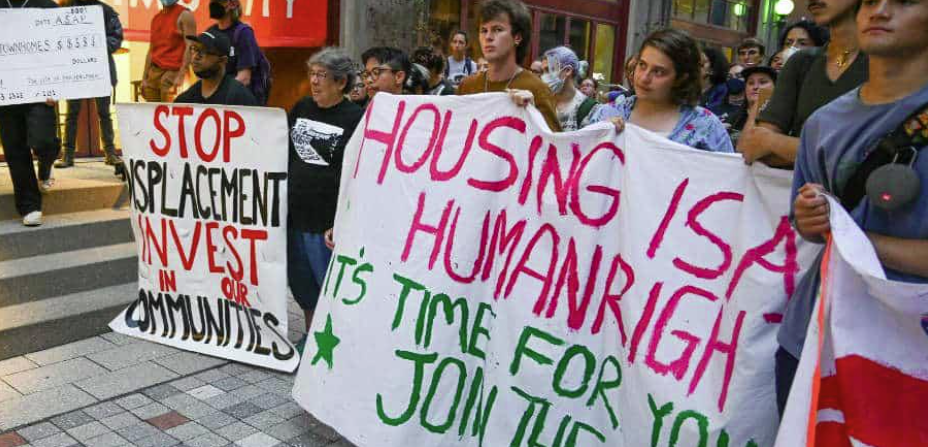
The shortage of affordable housing has become a pressing issue in the United States, particularly in urban areas where demand continues to outpace supply. As housing costs skyrocket and wages struggle to keep pace, the workforce is increasingly grappling with limited options for quality, affordable homes. However, a potential solution is emerging in the form of Build-to-Rent (BTR) developments. This innovative approach to housing offers a promising strategy to alleviate the workforce housing crisis by providing accessible, well-designed rental options. In this blog post, we will explore the challenges of workforce housing underbuilding and low inventory, and how BTR developments offer a viable resolution.
Workforce Housing Underbuilding:
The lack of affordable housing for the workforce stems from the underbuilding of properties that cater to their needs. Developers have often focused on high-end, luxury housing due to its potential for higher profits. Consequently, this has created an imbalance in the housing market, leaving a significant portion of the population struggling to find suitable and affordable homes.
Low Inventory:
The combination of underbuilding and high demand has led to a severe shortage of available housing units, exacerbating the affordability crisis. With limited options on the market, many working individuals and families face difficulties in finding housing that fits their budget and meets their needs.
Understanding Build-to-Rent (BTR):
Build-to-Rent developments offer a compelling solution to address the workforce housing crisis. BTR projects involve the construction of purpose-built rental properties that are designed specifically for long-term rental occupancy. Unlike traditional single-family homes or apartments that are sold individually, BTR developments are owned and managed by a single entity, providing stability and consistency in rental options.





